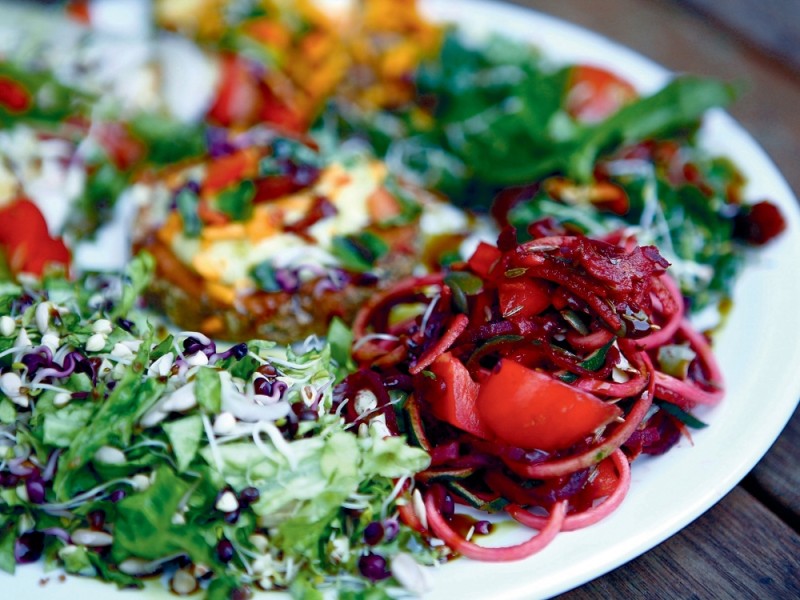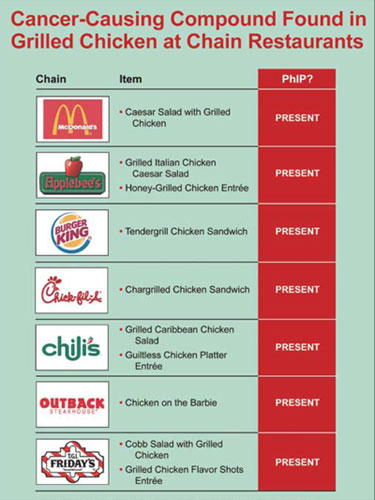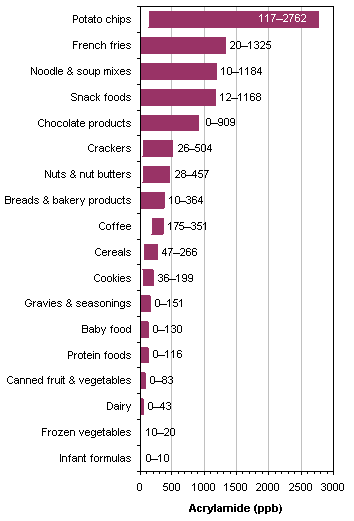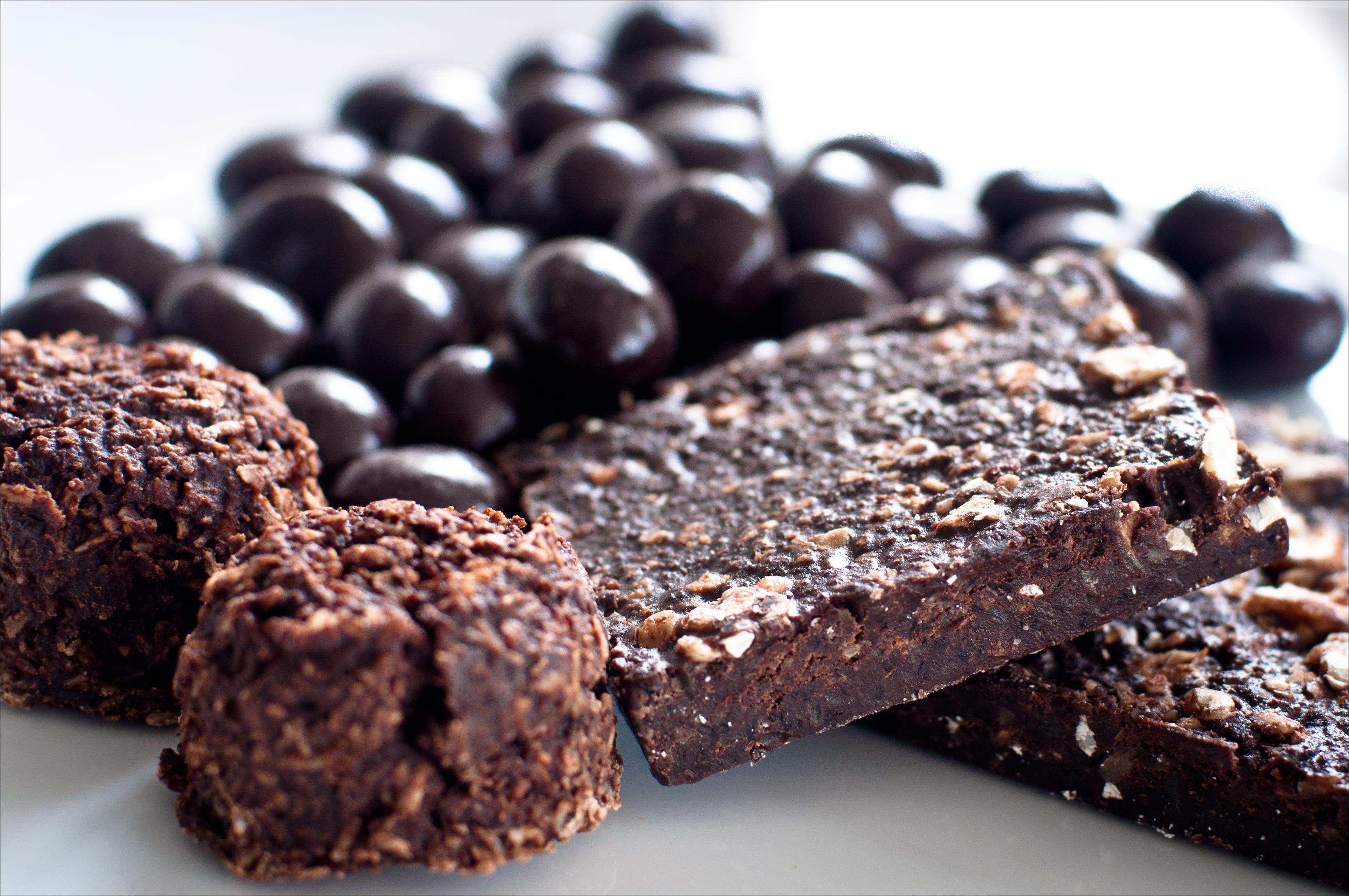What is raw food?
The raw food movement originated during the Natural Hygiene movement of the 1800s.
This movement defines “raw food” as food that is not heated/cooked at temperatures greater than 115 to 118 degrees F. This is thought to preserve nutrients, enzymes, diminish the energy used for cooking, and keep food in its most natural form.
A raw food diet is generally based on fresh fruits, vegetables, nuts, seeds, and sprouted/soaked grains and legumes. Typically, raw foodists are vegan (100% plant-based). However, some raw foodists also consume raw fish, meat and dairy.

Why is eating raw so important?
Some experts feel that a raw food diet is our “natural” diet because it represents what we would have eaten in the wild, before developing agriculture, domesticating animals, and creating processed foods.
Adherents claim that raw food diets enhance health. Based on anecdotal reports, the benefits of raw eating include:
- Clear mind
- Clear skin
- Improved bowel movements
- Improved sleep
- Improved energy
- Body fat loss
Digesting raw vs cooked foods
It’s been reported that raw foods elicit a minimal response from the immune system after we eat them. Conversely, after consuming cooked food, white blood cell levels can increase, which may indicate a mild stress response in the body.
Raw food is costly, metabolically speaking, to eat and digest. We need to chew a lot, and the body needs to do more work to break down what we consume. We tend to obtain less energy from raw foods.
Today, some might view this as beneficial. Yet, in times of scarcity, the idea of getting less energy from food while expending more energy to eat and digest it wasn’t very appealing.
Raw nature
Many argue that other animals get big, strong and healthy when eating 100% raw plant-based diets, so why should humans be any different?
First, think about stomach size.
Gut capacity tends to increase when lots of raw plant foods are consumed. Animals such as ruminants (cows and sheep) have multi-chambered stomachs in order to digest the cellulose they consume from grass. Their GI tracts also contain bacteria that break down the cellulose and allow them to digest it.
Second, consider chewing time.
Chimpanzees in Tanzania spend more than 6 hours per day chewing and they aren’t even as big as most humans. If we lived on the same diet of these apes, we could expect to be chewing for about 5 hours each day (more than 40% of the day). When we eat cooked food, we can save ourselves about 4 hours of mastication per day.
Third, while other animals (particularly primates) have many important genetic similarities, there are also key differences.
Consider that:
- Genetic differences between humans are perhaps only 0.1% of our DNA — and yet those differences can separate a Michael Jordan from a Leonardo da Vinci.
- Our closest primate relatives may share 97-98% of our DNA.
In other words, tiny differences can add up to a lot. Looking at other animals can be helpful, but also misleading.
Fourth, it’s only through domestication that many “natural” foods are so palatable or nutrient-dense.
Wild-growing plants are often smaller and may offer fewer nutrients (relative to their undigestible component) than their domesticated cousins.
For example, early tomatoes were the size of croutons, and sour. Early apples looked (and tasted) much more like rose hips (to which they are related). Dig up the plant known as Queen Anne’s lace and you’ll find an early carrot — bitter, white (i.e. none of the beta-carotene-containing orange pigment), and about the size of a pencil.
Some proclaim that the reason a 100% raw diet is even feasible today is due to the abundant supply of fresh food year round.
Until the development of agriculture, it was likely that one would experience regular periods of hunger, relying on stored body fat for survival. Being able to store body fat for these periods of famine would be less likely to occur on a raw diet.
Indeed, some experts have suggested that pre-agricultural humans confined to raw food would have starved.
Cooking
Some anthropologists believe that cooking was one of the great transitions in the history of life, leading to increased food value, a bigger brain and a larger body.
Charles Darwin considered “building fire” the greatest discovery outside of language by humans. Humans learned that hard and stringy roots can be rendered digestible and poisonous roots or herbs harmless after cooking them over fire. Darwin did admit that humans could survive without cooking if we had to.
Cooking is an important aspect for those who eat meat. After cooking became known, meat consumption likely became more attractive and valuable, as the human body doesn’t digest and absorb high amounts of raw flesh efficiently.
What does cooking do to food?
- It can make food safer
- It can concentrate tastes and flavors
- It can reduce spoilage
- It can soften tough foods
- It increases the amount of energy our bodies can attain from food
- It breaks starch molecules into more digestible fragments
- It denatures protein molecules
Many of these outcomes mean that the body works less to benefit from the food. It’s been acknowledged that “fattening up” animals is easier to do with lots of cooked grains.
Gaining more energy from food is thought to have been a major biological advantage.
Those who cooked food likely survived and had a better chance at reproduction. Cooking food is widespread among humans and no civilization has been reported to flourish without it.
Still, health-degrading compounds can form when foods are cooked. These include acrylamide, heterocyclic amines and Maillard compounds. It’s possible to avoid these when consuming a raw diet.


The enzyme theory
The “enzyme theory” is still used today when proclaiming the benefits of raw eating. Some will declare that the “live” enzymes in uncooked food are health promoting and disease preventing.
To be honest, I’ve always had trouble understanding this interpretation. As far as I know, the enzymes in raw plants are specific to plants.
Moreover, enzymes are proteins, and when we eat proteins, they are denatured, rendering their biological function useless.
That’s why a diabetic doesn’t swallow a dose of insulin. Insulin is a protein hormone and when ingested, it’s denatured and loses biological function.
Other food preparation methods
Raw food adherents often produce creative interpretations of traditionally cooked foods.
For example:
- nut pastes and purees can substitute for cheese and other dairy
- dehydrating vegetables can boost flavour (think sun-dried tomatoes) but also create food textures such as “chips”
- sprouting, then grinding seeds and grains can create a “flour” that can be used to make “baked goods” such as flatbreads
What you should know about eating raw
Health improvements on a raw diet
Some evidence suggests that switching to a raw diet from a standard Western diet (which includes a low fruit/vegetable intake combined with a high intake of sugar, chemicals, and refined carbohydrates) results in health improvements.
One experiment with a small group who were overweight and unhealthy demonstrated that 12 days of eating a raw diet lowered bodyweight, cholesterol and blood pressure. Average weight loss was nearly one pound per day, even while eating up to 10 pounds of food per day (the average for most humans is about 4 pounds of food per day).
While rapid weight loss like this sounds appealing in today’s obese society, it’s not so desirable from a survival perspective. For someone with a lean body and no weight to lose, a raw diet might be dangerous and decrease chances of survival.
The Giessen Raw Food study was conducted in Germany and evaluated the diets of over 500 raw foodists. These study participants consumed between 70 and 100 percent of their diet raw. The more raw food these people ate, the lower their body mass index (BMI).
Health concerns on exclusively raw diet
While plant-based raw diets have many advantages — such as a high consumption of fruits and vegetables, nuts, seeds, coconut, etc. — there are drawbacks.
The major concern is that people may not get enough important nutrients.
Another concern is that with a lower energy intake, key processes in the body (such as hormone synthesis) may be suppressed.
The low amount of energy in a raw diet seems to be directly related to the “rawness” and not the high amount of plants, since we know that a cooked plant-based diet can provide adequate energy.
- The absorption of certain phytochemicals might be enhanced in some raw foods (like sulforaphane from broccoli) while in others it might be diminished (like lycopene from tomatoes and carotenoids in carrots, which convert to a more digestible molecular form when cooked).
- Still, blood levels of antioxidants seem to be adequate in raw eaters.
- Low levels of vitamin B12, HDL (aka “good cholesterol”), and bone mass have been reported in some eating raw plant-based diets.
- Increased homocysteine (which is linked to increased cardiovascular disease) might also result.
- The more raw food that the women eat, the more likely they are to have partial or total amenorrhea. Males eating a raw diet might also notice a change in reproductive hormones, primarily a decrease in testosterone production.
Mixed outcomes
Scientists conclude that a strict raw food diet cannot guarantee an adequate energy supply, but may improve some factors of health.
When people have been forced to eat raw diets in wild habitats (like castaways or isolated adventurers), outcomes are diverse. Some survive only a few weeks. Others survive longer, like a woman who escaped from Indian capture and survived mainly on bananas for nearly seven months.
A 100% raw plant-based diet might be effective for those with extra body fat simply because the volume of food consumed is so high in relation to the low calorie density. In some ways, it’s virtually impossible to overconsume calories and gain weight on a plant-based raw diet.
On the other hand, many raw dishes are high in sugar and carbohydrates. While sweetners such as honey and agave nectar may be naturally occurring, they nevertheless act just like other sugars in the body.
Raw cuisine uses a lot of nuts, dried fruit, avocado, seeds, coconut and fresh-pressed oils. All of these are calorie-dense and easy to overconsume. (See my comparison of “good” vs “too good” foods, which includes dried fruits in the “too good” category.)
Thus, “raw” doesn’t mean “calorie free” or “eat with impunity”.
A sample day of raw eating
So what would a day of raw eating be like for someone?
Summary and recommendations
Nutrients
Most will agree that eating raw food is nutritious. Raw plant foods are tasty, full of nutrients, have lots of water, and have a low calorie density.
Still, many people in North America build their diet upon highly processed and refined foods. Over-cooked vegetables can lose many of their vitamins, especially if they’re boiled and the cooking water thrown away, or if they’re consumed long after cooking.
This can lead to nutrient deficiencies, gastrointestinal disturbances and obesity.
On the other hand, simply cooked foods, like steamed rice or boiled lentils, or lightly steamed veggies consumed immediately, seem to be fine for health.
Thus, consuming more raw plant foods is probably a good idea for most people.
Energy balance and fat loss
With the abundant raw food options in the world today, eating a 100% raw diet would likely be fine for health.
For those with extra body fat, incorporating more raw foods could be helpful for fat loss.
For those with an existing lean body, consuming a 100% raw diet likely won’t provide enough energy for long-term sustained health. With that being said, there are raw foodists who have been following the diet for decades; obviously they’ve adapted.
Experience as evidence
In the end, you can judge the success of a plant-based raw diet based on your own experience and objective indicators.
Experiential indicators can include:
- How do you feel after eating primarily raw foods?
- What about after eating primarily cooked foods?
- Do you have more energy?
- How is your digestion?
- What about your propensity to overeat? Does that occur more with cooked or raw food?
Objective indicators can include:
- Your blood chemistry (e.g. blood glucose, triglycerides)
- Your athletic/gym performance
- Your hormone levels
- Your body fat levels, lean body mass, and body weight
Extra credit
Warriors in the thirteenth century would drink raw blood from horses. The traditional diet of the Maasai in Kenya includes fresh blood and raw milk.
When eating more raw foods with lots of water, you can drink less water.
You don’t need to go 100% raw plant-based to see the benefits. For example, eating more raw plant foods might decrease the development of cancer.
Indigenous northern people such as the Inuit survived traditionally on a high raw meat/fish diet.
Some say a raw food diet should be referred to as “sun-cooked” instead of “un-cooked.”
On a raw food diet, you save money on gas and electricity because you don’t run your stove or microwave.
Often, the diet for patients with compromised immune systems is made up of highly cooked foods in an effort to eliminate microbes from raw foods. Data has indicated that eating this high amount of cooked food doesn’t seem to be very protective from a food safety standpoint.
References
Click here to view the information sources referenced in this article.
Eat, move, and live…better.©
The health and fitness world can sometimes be a confusing place. But it doesn't have to be.
Let us help you make sense of it all with this free special report.
In it you'll learn the best eating, exercise, and lifestyle strategies – unique and personal – for you.





Share